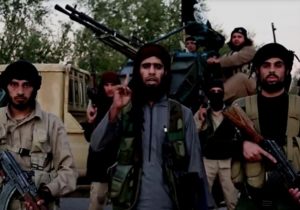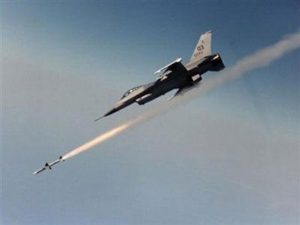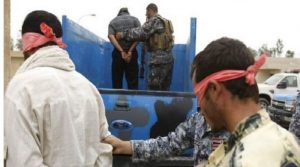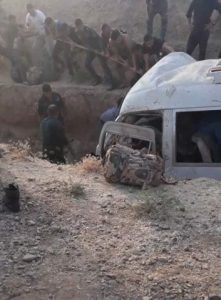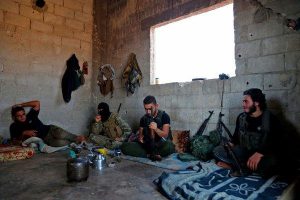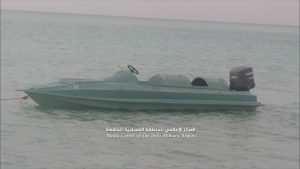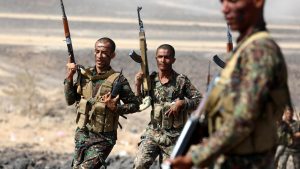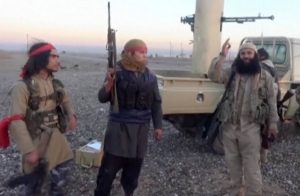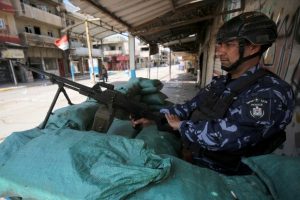A video purported to show three ISIS members on their way to Ahvaz to commit a terror attack emerged on Sunday in the wake of the attack in the southwestern Iranian city. The attack targeted a military parade of the Islamic Revolutionary Guard Corps that marked the Iran-Iraq war, like reported by jpost.com.
The video put out by the ISIS Amaq media shows three men in a vehicle. Two of them speak Arabic and one speaks Farsi. The video seems to have been made during the middle of the day, while the attack took place in the morning, which leaves questions about when it was made. The video further complicates the question of who carried out the attack. Initial accounts claimed the Ahwazi Democratic Popular Front had taken credit. The Arab Struggle Movement for the Liberation of Ahvaz also claimed on September 22 that any ISIS claims were not true. The Patritoic Arab Democratic Movement in Ahvaz also denied responsibility.
A statement by ISIS that accompanied the video reveals that they thought 100 Iranian forces were “killed and injured.” Some on social media have sought to compare photos that circulated of the dead perpetrators with the men in the video. But the photos are inconclusive. Two men appear similar, but one has more hair in his eyebrows than the man whose dead body was circulated on social media the day of the attack. Also the dead man wears a purple shirt whereas the men in the video wear fatigues.
Iranian state media has not mentioned the new ISIS claims, preferring to focus on the official state narrative which blames the US for the attacks. Iranian media has highlighted the involvement of Saudi Arabia, gulf countries, the UK, Denmark and Holland in hosting or supporting Ahvaz opposition groups. Ahvaz is an area of Iran home to a large, mostly Shi’ite, Arab minority. On September 23 a Foreign Ministry spokesman in Tehran blamed the US for the “phenomenon of terrorism in the world.” Iranian president Hassan Rouhani also said Iran was ready to confront the US after the attack, even as his plane touched down in New York for the United Nations General Assembly. Tehran also reprimanded the UAE after a political advisor of the emirate named Abdulkhaleq Abdulla had suggested the attack in Ahvaz was aimed at a “military target.”
Tehran appears to want to ignore the ISIS claims of responsibility in the hopes of scapegoating the US and Israel, as it expands its rhetoric following the attack. Iran also wants sympathy at home and abroad. It has been a long term narrative of the Iranian regime that the US “created ISIS,” a claim that Ayatollah Khamenei made last year. Therefore from Tehran’s view an ISIS claim of responsibility would only stoke its own worldview that sees ISIS, the US and other opposition groups as all part of the same network.
The seventy national anti-ISIS US-led Coalition has not responded to the ISIS claim of responsibility. If ISIS did carry out the attack it would be second large attack after the assault on Iran’s parliament in June 2017. Tehran claims it has uncovered a large “network” responsible for the Ahvaz attacks. But it has provided no names or affiliations for the perpetrators. Because many of the Ahvaz Arab opposition groups in Khuzestan province are made up of Shi’ites it would be odd for them to join an ISIS group. However a group known as Ansar al-Sharia in Ahvaz did pledge support for ISIS in 2013, as documented by a research carried out by Aymenn Jawad al-Tamimi.
